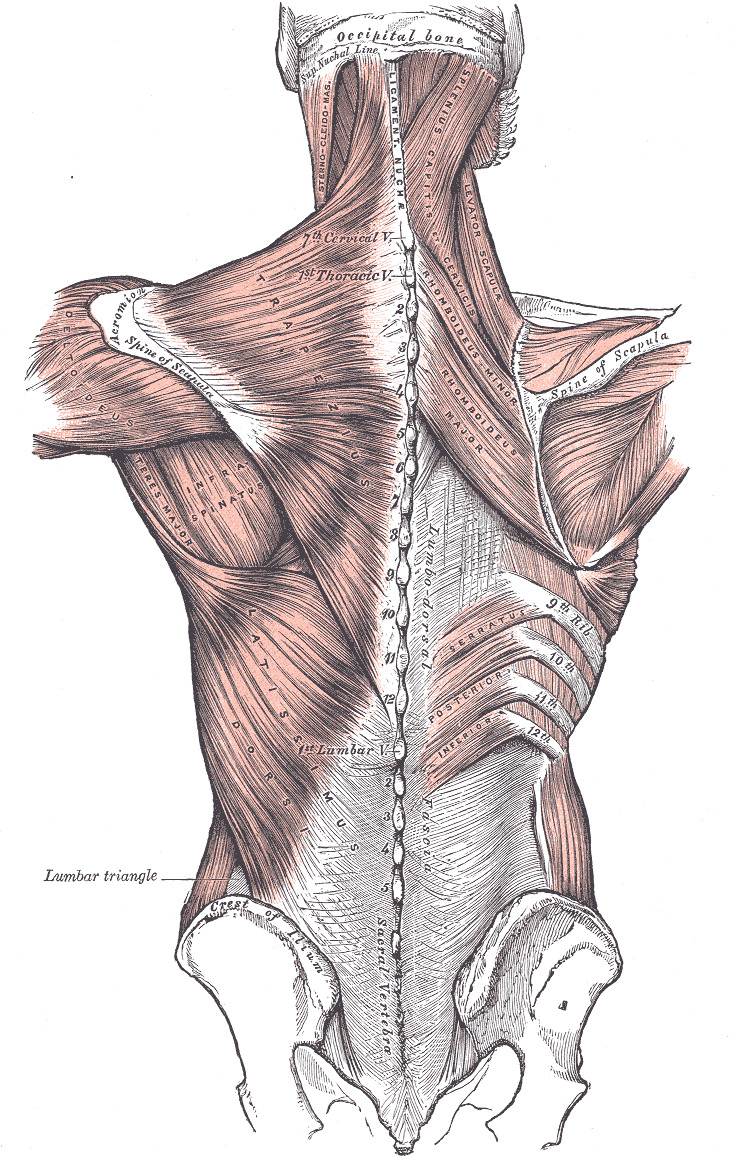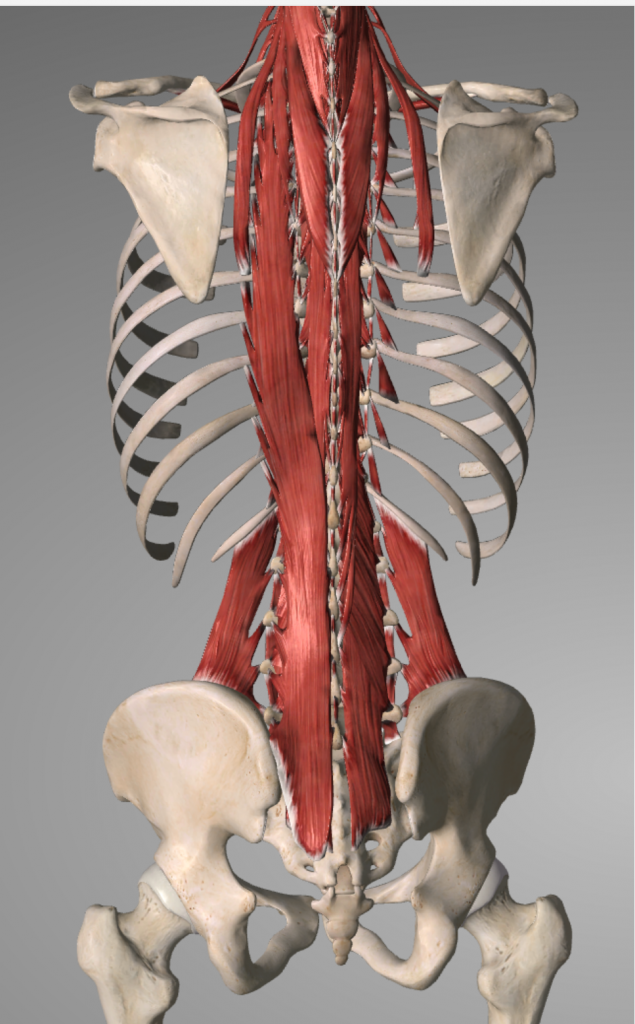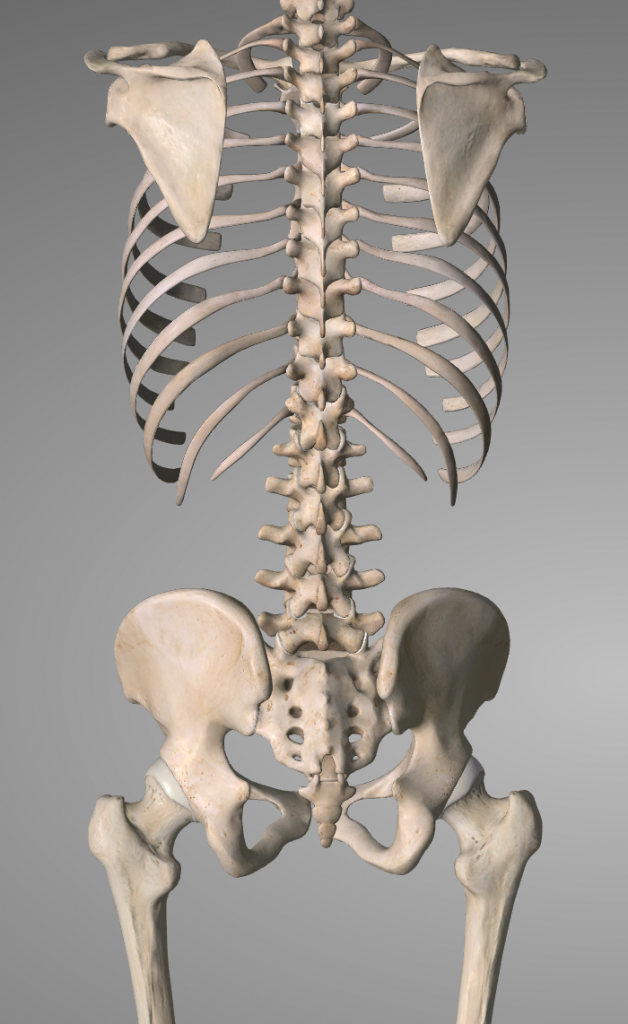Let’s talk about something that affects almost all of us at some point: back pain. According to studies, at least 8 out of 10 people have experienced it. So, if you haven’t had back pain yet, consider yourself lucky, but don’t get too comfortable—it might be coming for you!

When you visit an orthopedic doctor with severe back pain, they often tell you, “You have lumbar muscle strain. You need to strengthen your back muscles.” But what exactly are these lumbar muscles, and why are they so important? Let’s break it down in a way that’s easy to understand and even a bit fun.
What Are Lumbar Muscles?
First, let’s clarify the basics. The term “lumbar muscles” refers to the muscles around your lower back. The word “lumbar” specifically means the area just above your hips, where you feel that natural inward curve when you touch your back. The “back” part of the term refers to the muscles on the backside of this area, as opposed to the front, which is closer to your belly. These muscles extend upwards to connect with the muscles of your upper back.

Imagine your lumbar muscles as the red parts in the diagram below. They start from your neck and extend down to your pelvic bone. These muscles are not just one uniform group but a collection of various muscles that are symmetrical on both sides of your spine.

Why Are Lumbar Muscles Important?
Think of your spine as a construction crane made up of five segments. To keep this crane stable, you need cables—that’s where your lumbar muscles come in. Without these muscles, your spine would be like a crane without cables, wobbly and prone to collapse.

Lumbar muscles provide stability in two main ways:
- Lateral Stability: These muscles are symmetrically arranged around your spine. They work together to prevent your spine from leaning too far to one side.
- Anterior-Posterior Stability: When you look at your spine from the side, it has a natural forward curve. This curve is like a bow, and your lumbar muscles act as the bowstring, keeping your spine in its natural position. Without this support, your spine could overarch, leading to problems over time.

Everyday Actions and Lumbar Muscles
Let’s dive into some common actions to see how lumbar muscles keep your spine stable:
- Carrying Heavy Objects with One Hand: When you lift something heavy with one hand, your spine naturally bends to that side. This happens because the muscles on the opposite side relax, while the muscles on the lifting side tighten. If you suddenly lose balance, it can cause a “strained back,” which is essentially a sudden imbalance in these muscles. This can lead to severe pain and even a feeling that your back is “broken.”
- Bending to Pick Up Objects: When you bend down to pick something up, both sides of your lumbar muscles need to relax equally to allow your spine to flex forward. As you lift the object, these muscles tighten again to bring your spine back to its upright position. This action is more challenging because it requires both lateral and anterior-posterior stability. If your muscles aren’t strong enough, it can lead to injuries like a herniated disc.

Protecting Your Back: Tips and Exercises
To protect your back, avoid lifting heavy objects with one hand or bending to pick them up. Instead, use both hands and try to squat down to lift objects. This shifts the load from your spine to your hips and knees, reducing the strain on your back.
Now, let’s talk about exercises to strengthen your lumbar muscles:

- Five-Point Support: Lie on your back with your knees bent and feet flat on the floor. Slowly lift your hips until your body forms a straight line from your shoulders to your knees. Hold for a few seconds, then lower back down. Repeat this 30-50 times, three times a day.
- Superman (or “Flying Bird”): Lie face down with your arms and legs extended. Lift your arms, chest, and legs off the ground, keeping them straight. Hold for a few seconds, then lower back down. Repeat 30-50 times, three times a day.

Start with the Five-Point Support, as it’s easier and focuses on static stability. Once you’re comfortable, move on to the Superman, which challenges your muscles with dynamic stability.
Final Thoughts
Your lumbar muscles are crucial for maintaining a healthy back. By understanding their role and taking steps to strengthen them, you can prevent many common back problems. Remember, a strong back starts with strong lumbar muscles. So, take care of them, and they’ll take care of you!
Stay strong, stay healthy, and keep that back in tip-top shape!







Leave a Reply